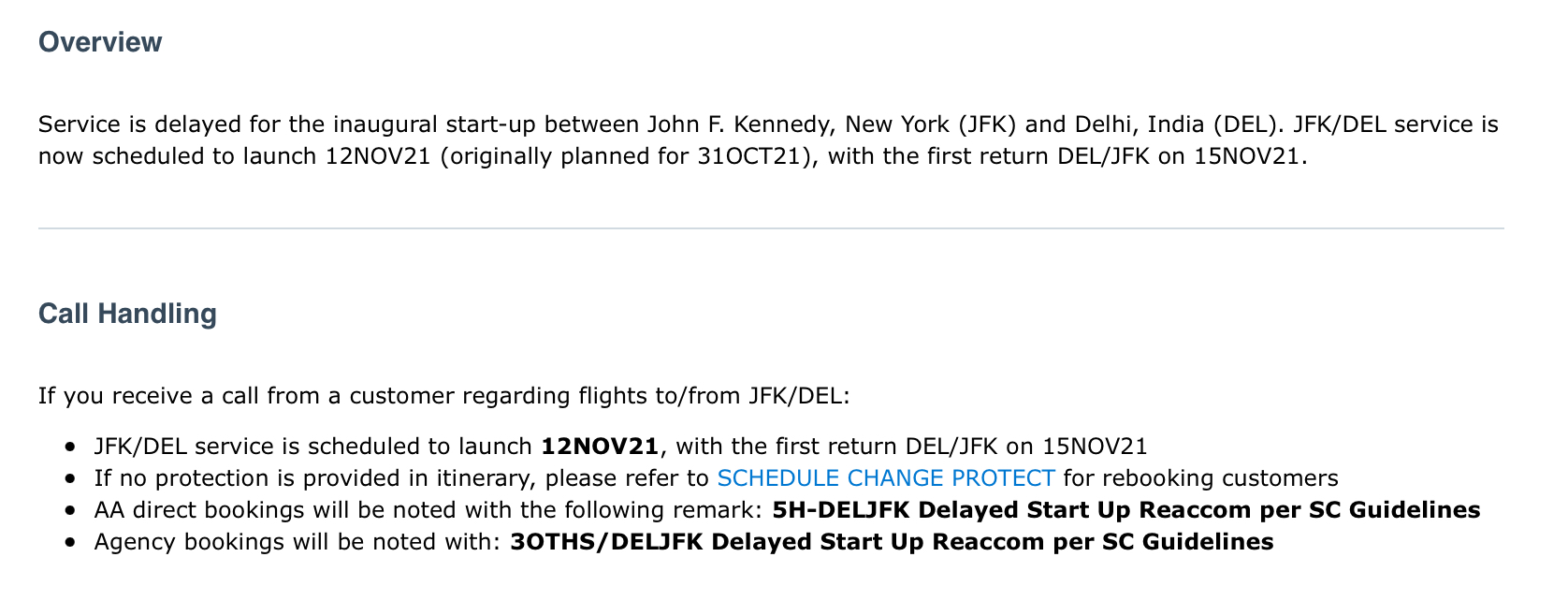American Airlines Chief Revenue Officer Vasu Raja sees the schedule and network as the airline’s product rather than the inflight experience. They’re going out and expanding their connectivity by doing deals with airlines around the world that match up to their weaknesses.
For instance, American Airlines is weak in the Bay Area and Pacific Northwest. After pushing Alaska Airlines away, they’re partnering and brought them into oneworld. They’re weak in the Northeast so they’ve entered into an alliance with JetBlue.
Both Alaska and JetBlue are usually thought of as quality airlines. Not so all of their partners. They’re doing deals with ultra low cost carriers as well. They are,
- Partnering with Jetsmart in South America which is owned by the same parent company as Frontier Airlines and Europe’s Wizz Air. Jetsmart operates coach-only densely configured Airbus A320 narrowbody planes from Chile and Argentina, serving 33 destinations.
- Partnering with IndiGo in India. American will place its code on 29 IndiGo domestic flights out of the two cities American plans to serve, and AAdvantage members will be able to earn miles on those codeshares. While New York JFK – Delhi is delayed, it’s slated to start next month:
- Taking a stake in Bralizian low cost carrier Gol and bringing elite benefits into the relationship.

At last weeks State of the Airline employee event following American’s third quarter earnings call, Raja explained the strategy and offered that we may even see a whole row given out as an elite benefit on some ultra low cost carrier partners (presumably Gol, where elite benefits have been announced as coming and they own a stake, though Jetsmart could be a candidate based on his explanation).
In many places whether it’s Europe, India, South America, the ULCC model is very different than what it is in North America. North America a ULCC carrier has an inferior product to what network airlines have. In many cases, even in established markets like Europe, the ULCC product is often times preferred by the customer. It’s typically the same amount of seat pitch. It’s usually a newer airplane, more modern amenities throughout, much more streamlined experience. What we actually find is there’s a great amount of consumer interest in it.
What opened our eyes to it is when we were looking at India and potential partners there we found that most of our largest corporate accounts would actually travel on IndiGo when they would go there who is a ULCC but a very very, their proposition to the customer is way different than what we’re used to in North America.
…because they don’t have 20 or 30 years of commercial practices, operational infrastructure things like that, they can just shape it in a way that makes sense for our partnership. No there may not be a first class cabin, for what we’re doing we can do things like allowing the customer to have a whole row on the airplane. In some places may be a whole lot better for the customer especially when the flight they’re connecting on may just be 90 minutes or so.
It’s true that in Europe, British Airways business class has less room between seats (pitch) than Ryanair. But I don’t think it’s fair to say that Ryanair and easyJet are better experiences than Spirit (which offers the Big Front Seat).
Nonetheless, “a whole row” is a really interesting benefit. At the start of the pandemic I suggested airlines bring back space-available middle seat blocking as an elite benefit and in some sense I’m surprised this hasn’t happened, though it does add operational complexity and more potentially more work for a gate agent so given the move to single agent boarding at American it wouldn’t seem like they’d be first in line to try it.
It’s also interesting to hear Vasu talk up giving customers a whole row when American Airlines itself has been squeezing seat pitch and reducing the number of extra legroom seats on planes.



If you personally ask me, I think American Airlines is doing that as a friendly business gesture because their airline competitors are allegedly not doing what AA is doing. Like WWE wrestler/CEO Triple H once said in so many words..”I do what’s best for business.”
No airline is going to give any passenger more space than they (or American as the “agent” in a partnership) pays for.
If a foreign carrier is willing to give AA passengers a better product (more space) than its own customers, then they better be able to justify it.
Since these are partnerships, AA have to be willing to do the same. Given AA’s high volume strategy, it is doubtful that AA will be able to do it esp. given that American will face the wrath of its own premium customers if it gives something better to partner passengers than it gives to its own passengers which have the potential to generate much more revenue.
Yes, they make the sky buses run on time…..